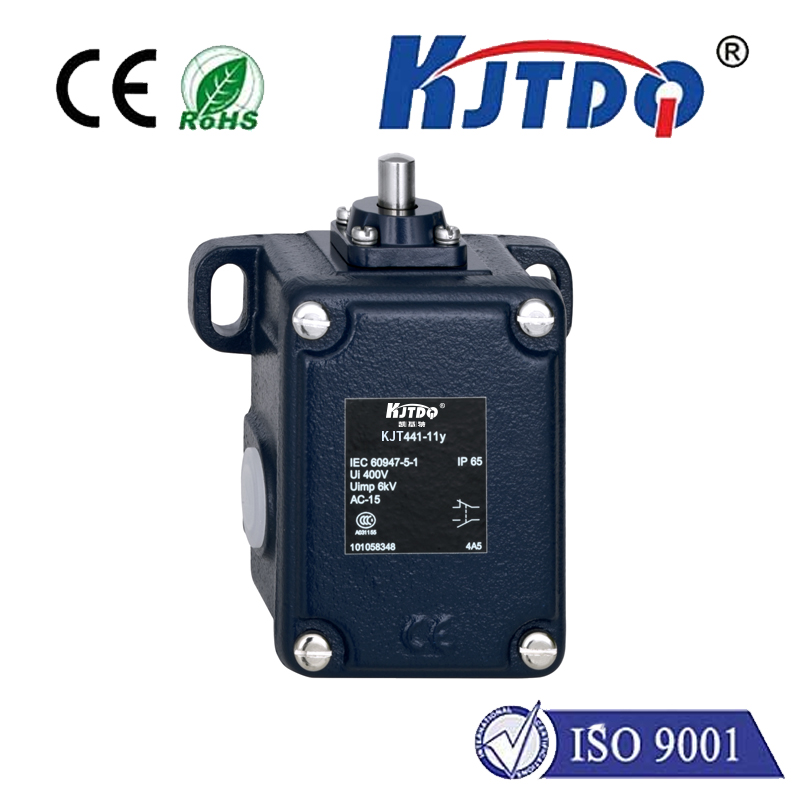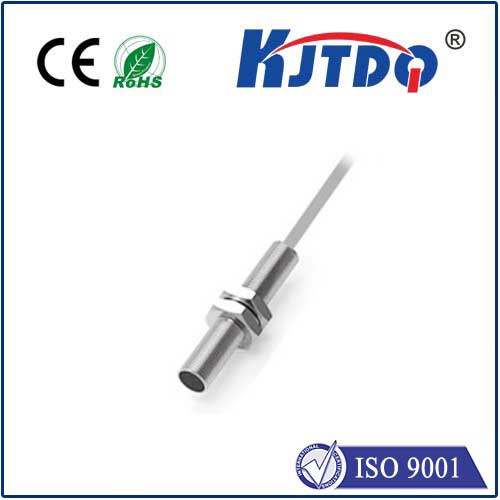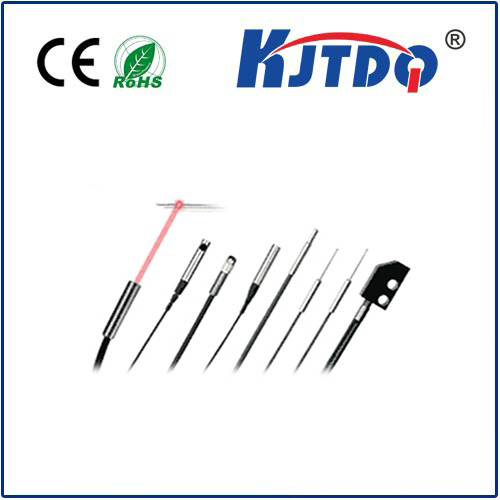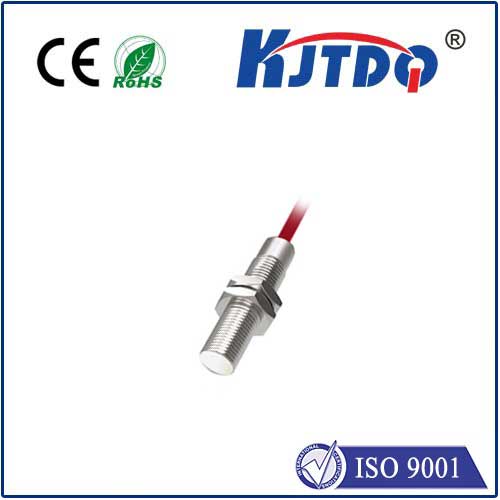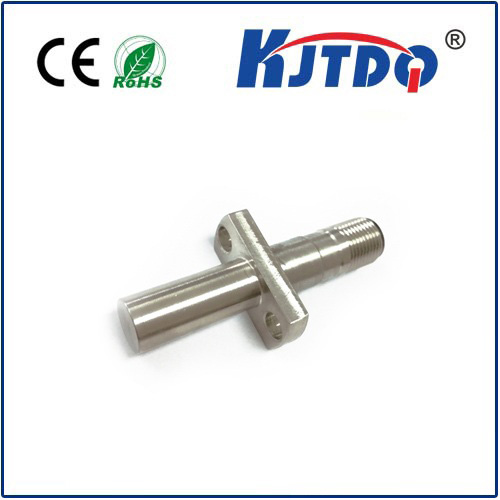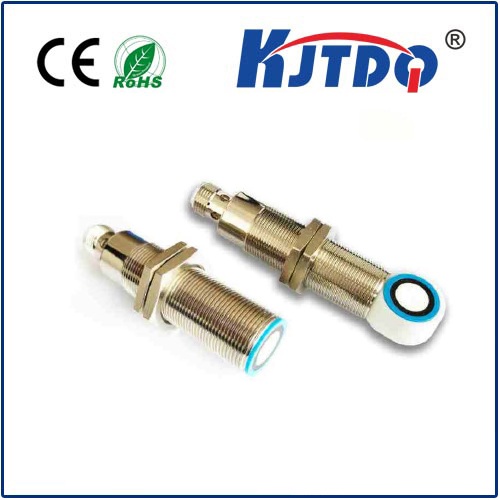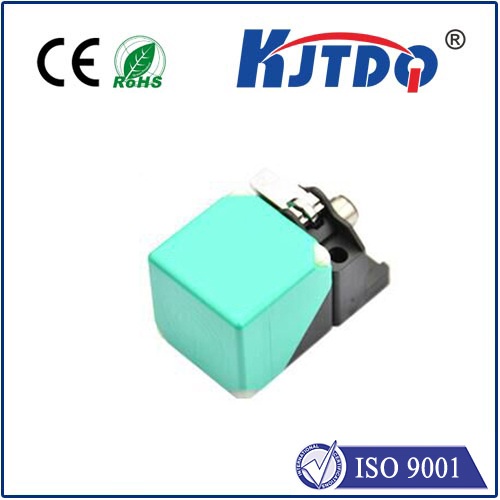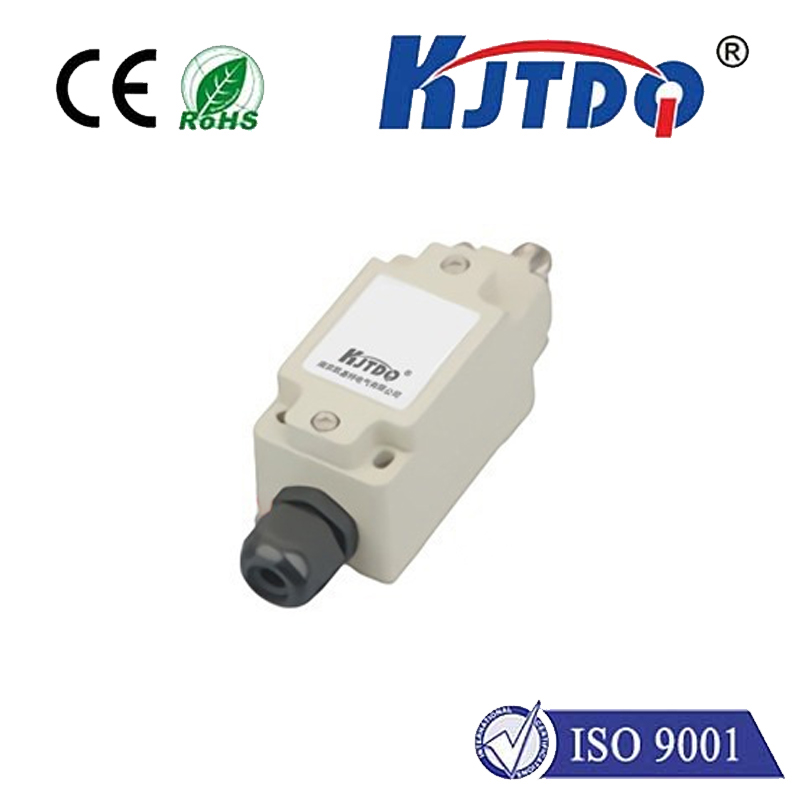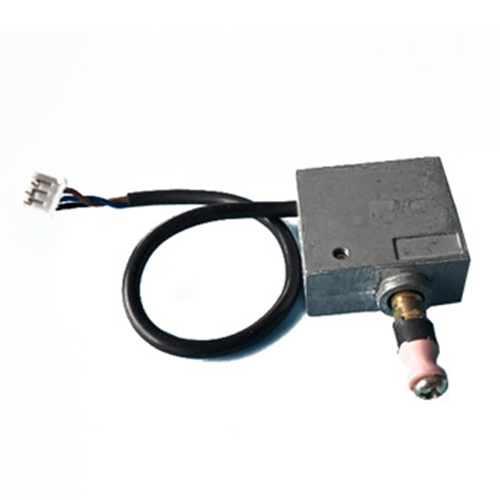inductive proximity sensor price
- time:2025-07-11 02:41:49
- Click:0
Inductive Proximity Sensor Price Guide: What Influences the Cost?
Ever stared at an online catalog or distributor list for inductive proximity sensors, overwhelmed by the seemingly vast range of inductive proximity sensor prices? A simple replacement might cost pennies, while a specialized sensor runs into hundreds of dollars. Understanding why these costs fluctuate so dramatically is crucial for making informed purchasing decisions that balance budget and performance. Let’s demystify the key factors that determine the price tag of these ubiquitous industrial workhorses.
Core Function, Diverse Pricing Landscape
At their heart, inductive proximity sensors (often called inductive proxes or proximity switches) detect the presence or absence of metallic objects without physical contact. They generate an electromagnetic field; when a metal target enters this field, it causes a change in the sensor’s oscillator, triggering the output switch (NO - Normally Open, or NC - Normally Closed). This fundamental principle powers millions of applications across automation, manufacturing, and machinery.

However, the simplicity of the core technology belies the complexity of the inductive sensor price spectrum. Prices aren’t arbitrary; they reflect specific engineering choices, performance capabilities, and material investments.
Key Determinants of Inductive Proximity Sensor Price
- Detection Range & Size (Factor): This is often the most visible driver.
- Miniature Sensors: Extremely small sensors (e.g., M3, M4, M5 threaded barrels) are engineered with miniaturized components and precise manufacturing techniques. Their compact size limits detection range (typically fractions of a millimeter to a few millimeters). This combination of micro-engineering and limited range generally commands a higher price per unit.
- Standard & Larger Sensors: Sensors with standard sizes (e.g., M8, M12, M18, M30) are the most common and cost-effective. They offer detection ranges typically from 2mm up to 40mm+. Economies of scale kick in here, making these sizes generally the most budget-friendly inductive proximity sensor price point.
- Long-Range Sensors: Sensors designed for extended detection ranges (beyond standard offerings) require specialized coil designs and electronics, inevitably leading to a higher price.
- Technology & Performance Specifications:
- Output Type: Basic DC 3-wire sensors (PNP/NPN) are the standard and most economical. Models offering specific outputs like Analog (current or voltage), IO-Link compatibility, Push-Pull, or Namur intrinsically safe outputs involve more complex circuitry and certification, significantly increasing the proximity sensor cost.
- Switching Frequency: How fast the sensor can detect and signal the presence/absence of a target per second. High-speed sensors (kHz range) demand specialized components and design, impacting the induction sensor price upwards compared to standard models.
- Accuracy & Repeatability: While inherent accuracy is generally good for simple presence detection, sensors guaranteeing very tight repeatability tolerances or designed for specific applications (like precise position detection) involve stricter manufacturing controls and calibration, adding to the cost.
- Shielding (Factor): Shielded sensors have the sensing face surrounded by metal, creating a more focused field. They can be flush-mounted and are less susceptible to side interference but have a shorter range. Unshielded sensors have a larger, more diffuse field extending sideways, offering a longer range but requiring mounting clearance and being more prone to side effects. Generally, shielded sensors cost slightly more due to the additional material and manufacturing complexity.
- Housing Material & Build Quality:
- Material: Nickel-plated brass is common and cost-effective. Stainless steel housings (particularly V4A/AISI 316L) are essential for harsh environments (corrosive chemicals, washdowns, food & beverage) but come at a premium price. High-performance plastics (e.g., PBT) are also used, often for very specific chemical resistance or cost targets.
- Ingress Protection (IP Rating): Sensors designed to withstand dust, water jets, or even temporary immersion (e.g., IP67, IP68, IP69K) require superior sealing methods (multiple O-rings, specialized potting compounds, hermetic seals), rigorous testing, and robust housings, leading to a higher inductive sensor cost.
- Special Features & Certifications:
- Cable vs. Connector: Sensors with fixed cables are generally cheaper than those with removable connectors. Connector types (M8, M12) and their ratings add cost.
- Temperature Resistance: Sensors rated for extreme temperatures (-40°C to +100°C+ standard range is typical) are manageable. Operation or storage beyond these limits requires special materials and designs, increasing the proximity switch price.
- Certifications: Many industries demand specific certifications beyond basic CE marking. UL/cUL, ATEX/IECEx (for hazardous areas), CRN (pressure vessels), FDA (food contact), or marine certifications involve significant testing, documentation, and compliance engineering, substantially raising the price of inductive proximity sensors.
- Extended Detection Ranges: As mentioned earlier, specialized long-range models command higher prices.
- Manufacturer (Brand) & Volume:
- Premium Brands: Established global leaders (e.g., Pepperl+Fuchs, Omron, Sick, Turck, Balluff, Keyence, IFM) invest heavily in R&D, global support networks, reliability testing, and brand reputation. This translates into a higher inductive proximity sensor price point.
- Mid-Range & Value Brands: Many reputable manufacturers offer excellent quality sensors at more competitive prices, often competing effectively on standard specifications.
- Economy Brands: Lower-cost options exist, sometimes prioritizing initial price over lifespan, support, or specific performance nuances.
- Quantity: Purchasing sensors in bulk volumes (hundreds or thousands) almost always secures significant discounts compared to single-unit or small-batch inductive sensor prices.
Beyond the Sticker Price: Total Cost of Ownership
Don’t focus solely on the initial inductive proximity sensor price. Consider:
- Installation & Integration Costs: Time is money. A sensor that’s easier to install or configure can save significant labor costs.
- Reliability & Lifespan: A slightly cheaper sensor failing prematurely or causing machine downtime can be vastly more expensive than investing in a reliable unit.
- Support & Availability: Access to technical support, clear documentation, and readily available replacements/spares minimizes disruption costs.
- Maintenance Costs: Sensors designed for harsh environments need less frequent replacement or cleaning.
Smart Procurement: Getting the Right Value
- Define Requirements Precisely: Be specific about the target material (steel, aluminum, stainless steel?), required sensing range, mounting constraints (shielding needs), environmental conditions (IP, chemicals, temperature), output type needed, and required response speed. Avoid overspecifying unless essential.
- Prioritize Reliability: For critical applications, choosing a reputable brand and high build quality is often worth the extra investment compared to the initial inductive proximity sensor cost. Downtime is costly.
- Compare Like-for-Like: Ensure specifications (range, IP rating, material, output, temperature, certifications) are identical when comparing proximity sensor prices across brands.
- Consider Total Cost: Factor in potential installation ease, maintenance needs, and expected lifespan.
- Utilize Distributors & Volume Discounts: Develop relationships with technical distributors who can help select the right sensor. Leverage volume purchasing power.
The inductive proximity sensor price spectrum reflects a wide array of application needs. From tiny, high-precision units in electronics assembly to robust, long-range












